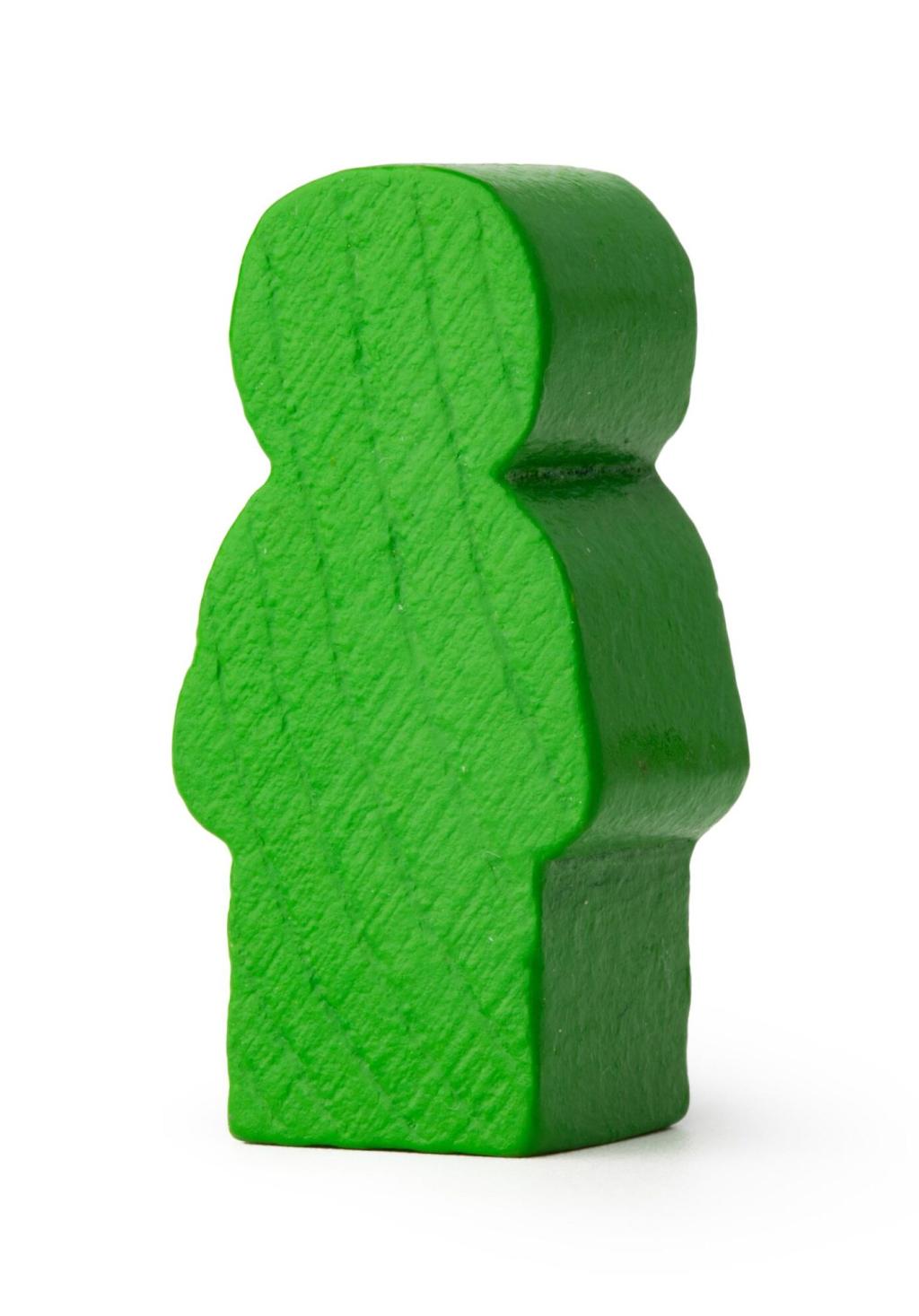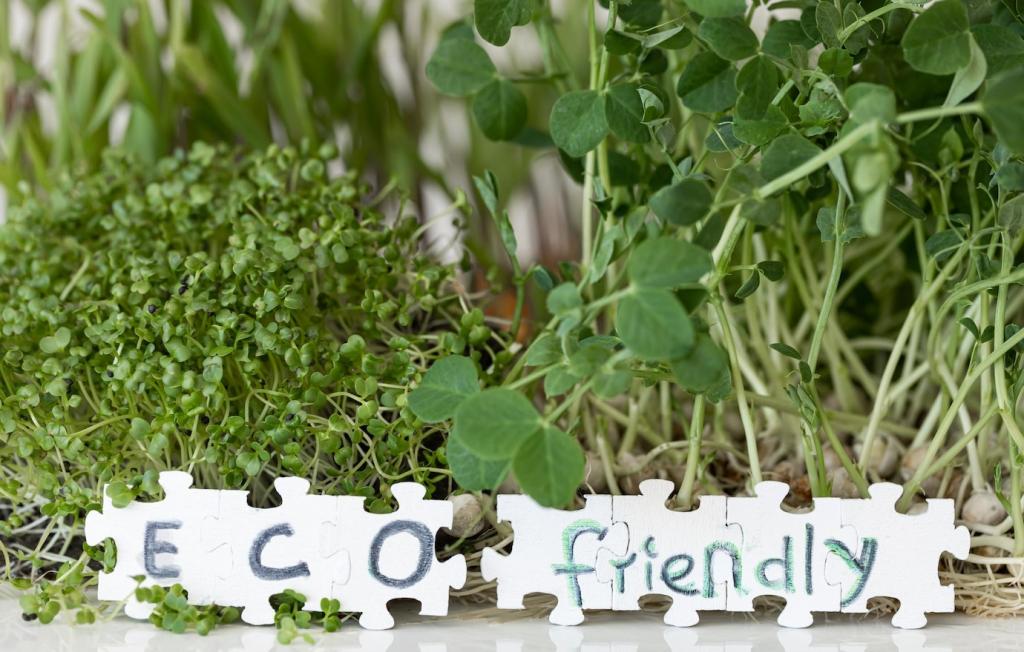Data That Breathes: Humanizing Metrics
Explain what FSC or B Corp looked like in practice: site visits, worker interviews, paperwork sprints, and audits. Describe a single audit day. Invite readers to ask about the most surprising requirement you encountered.
Data That Breathes: Humanizing Metrics
Instead of ‘saves 1.2 liters,’ compare it to boiling pasta or watering a basil plant for a week. Share a metric you use; we’ll brainstorm relatable equivalents in the comments for your next campaign.
Data That Breathes: Humanizing Metrics
Pair a before-and-after photo with one crisp sentence: ‘This is the exact mold we retired to eliminate mixed plastics.’ Ask subscribers which behind-the-scenes detail they want illustrated next, and we’ll draft the caption together.





